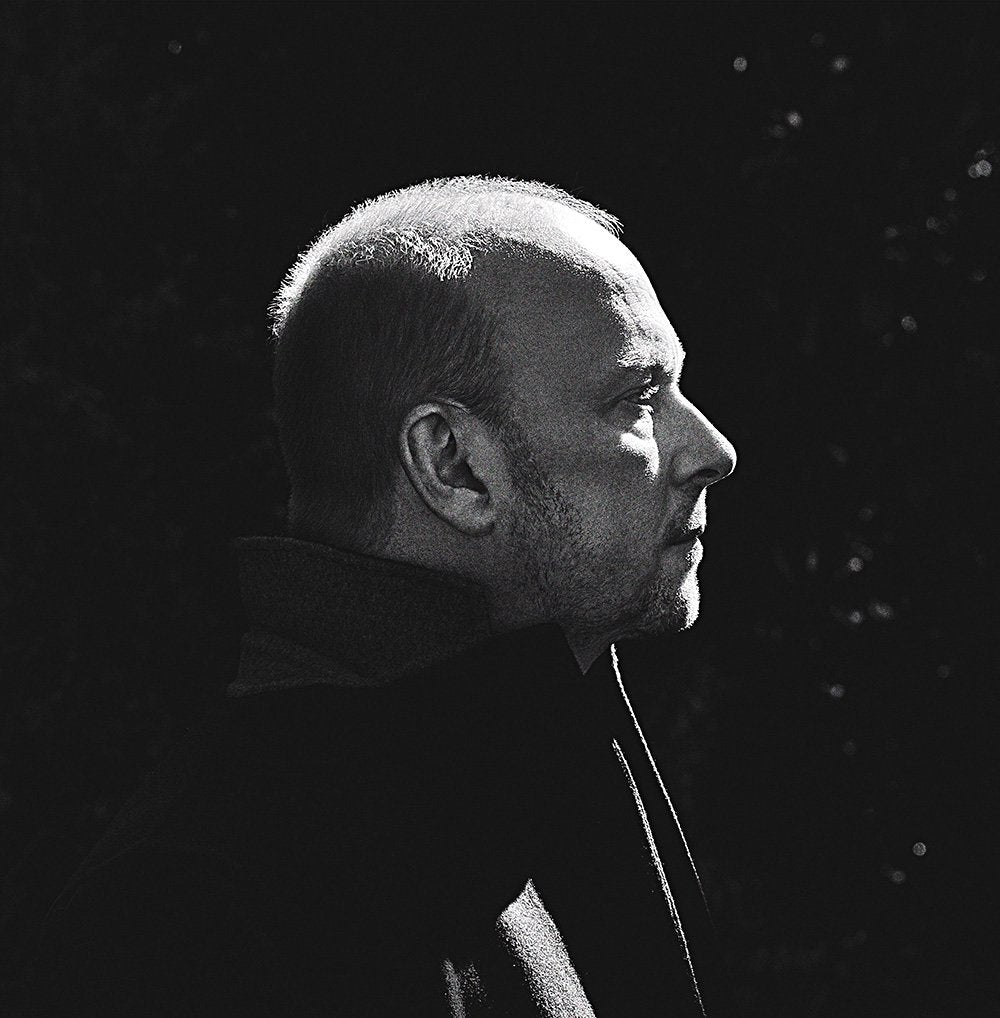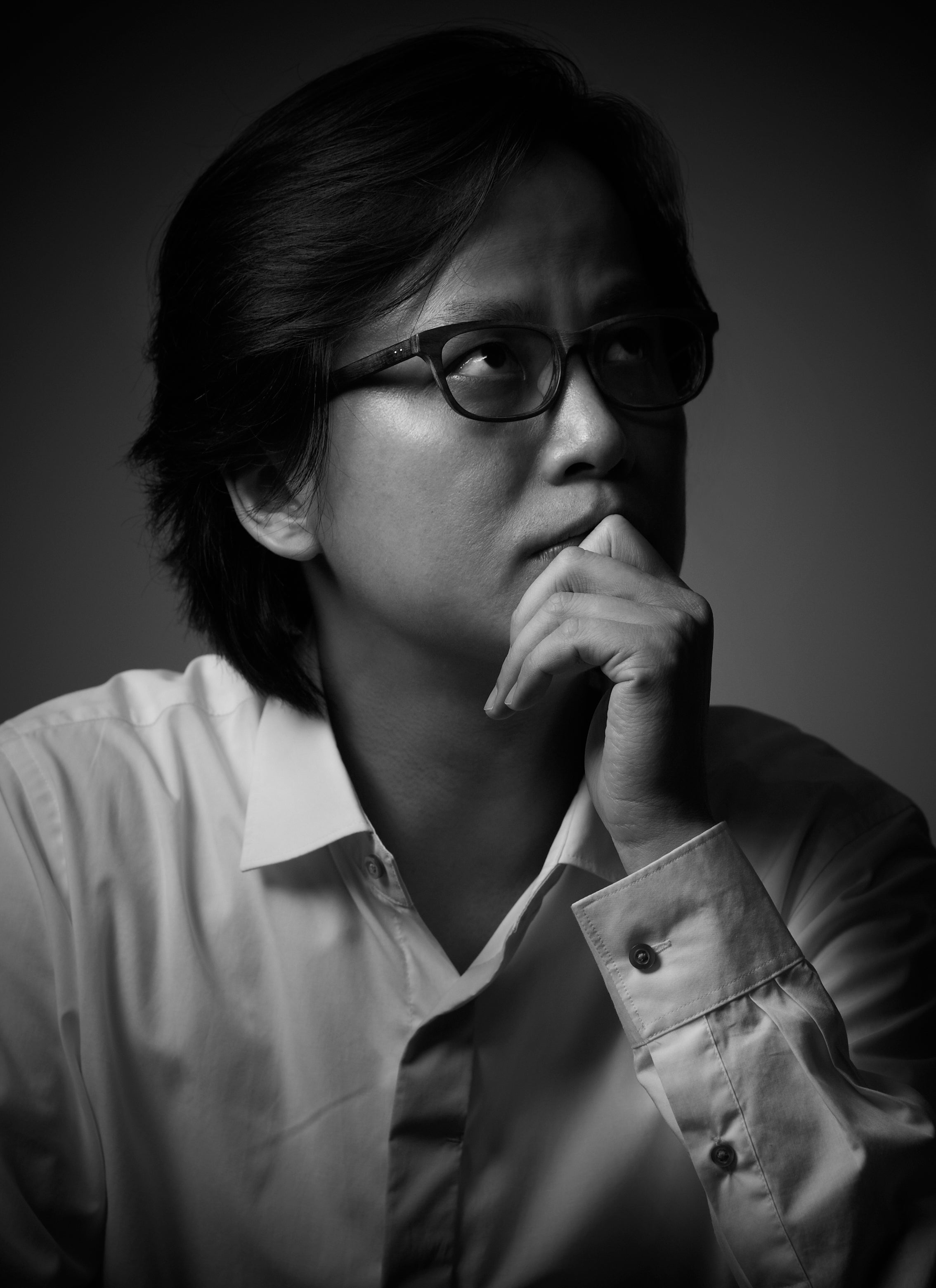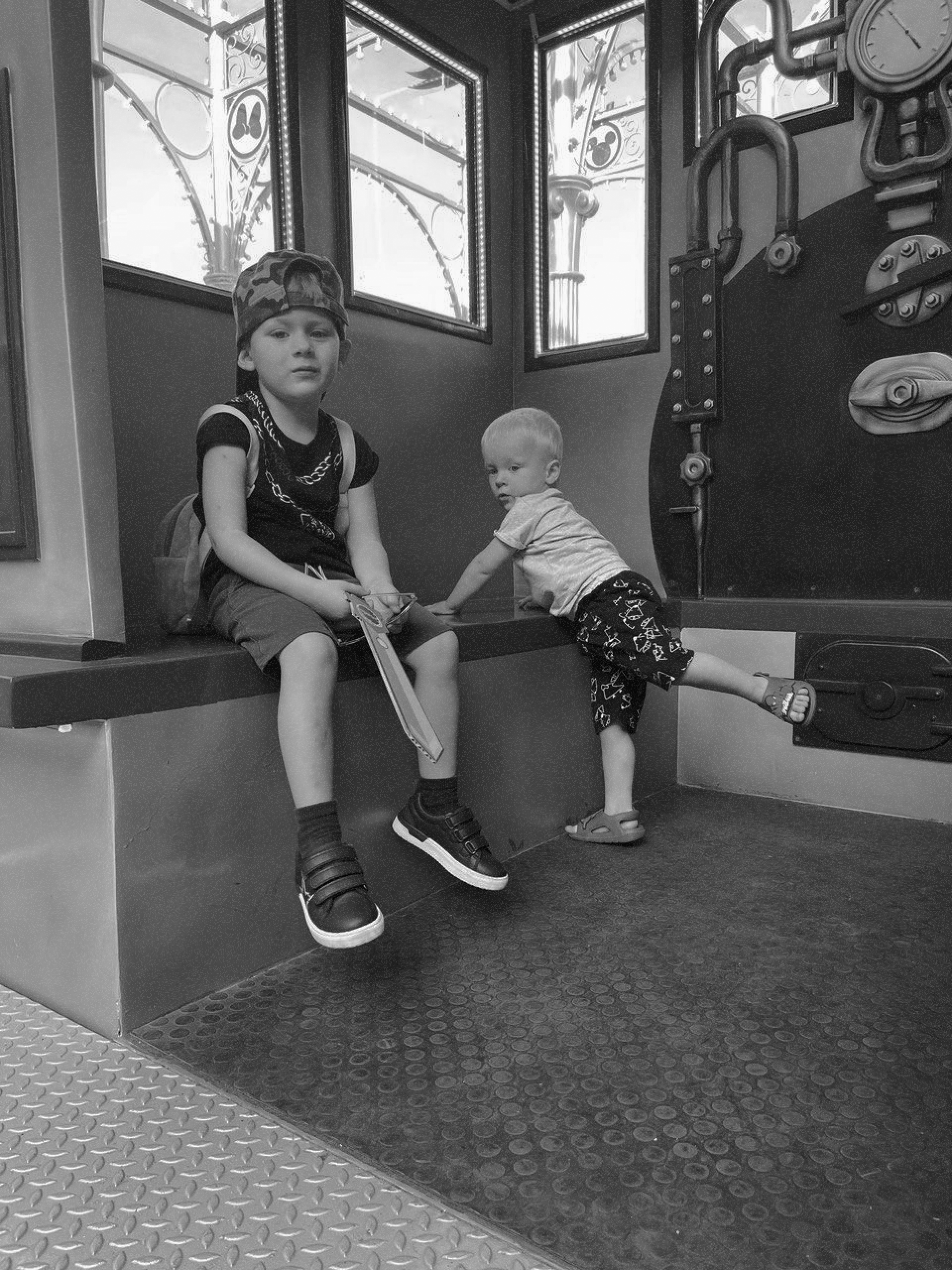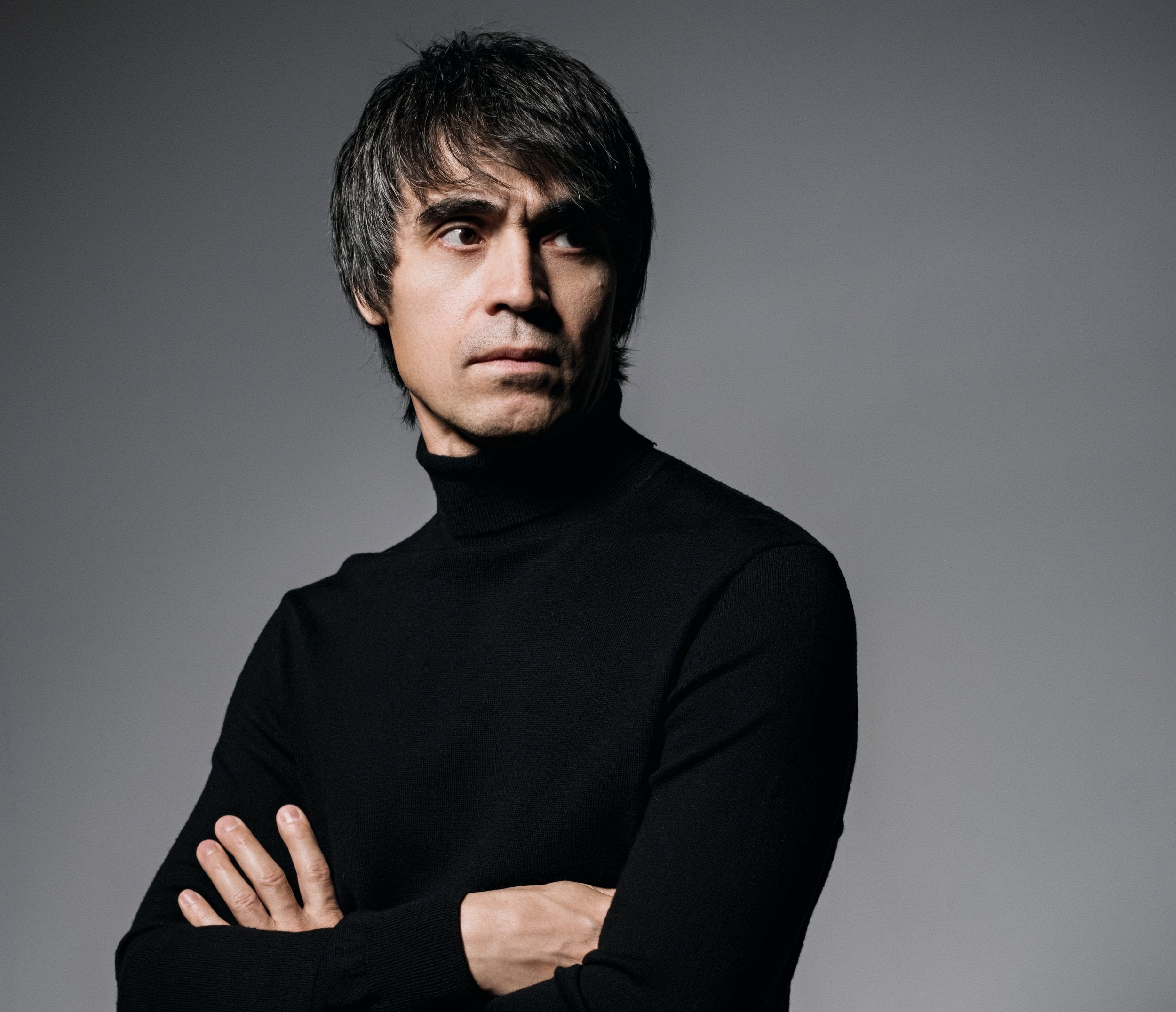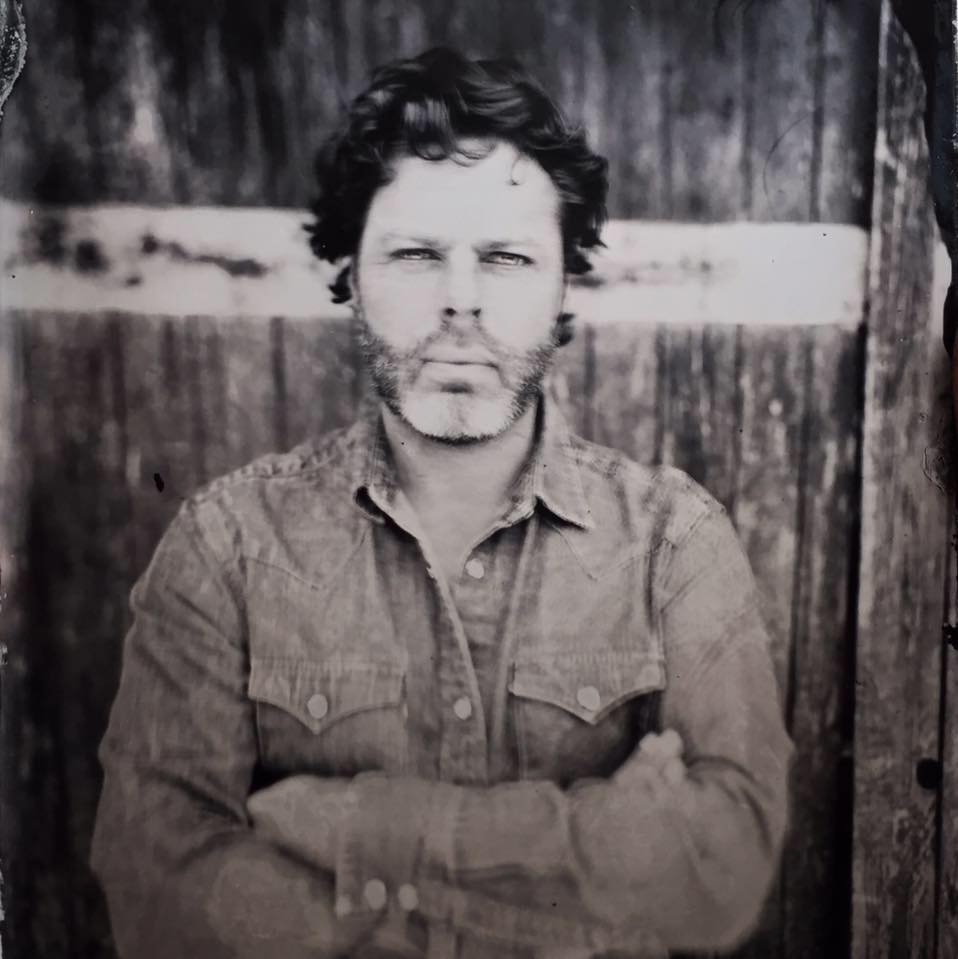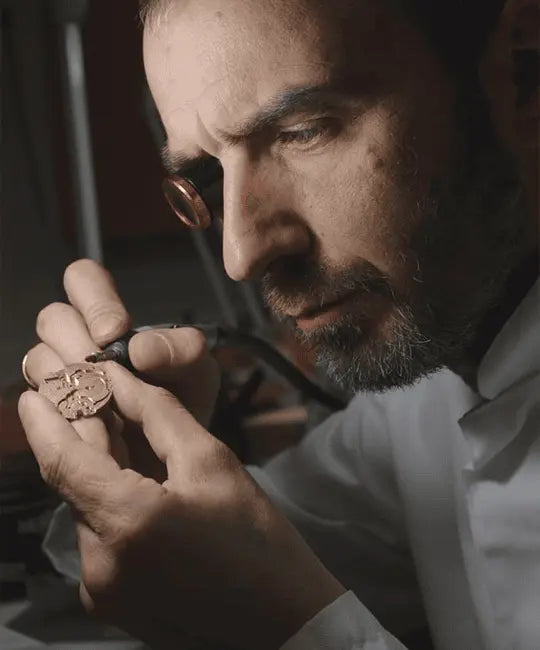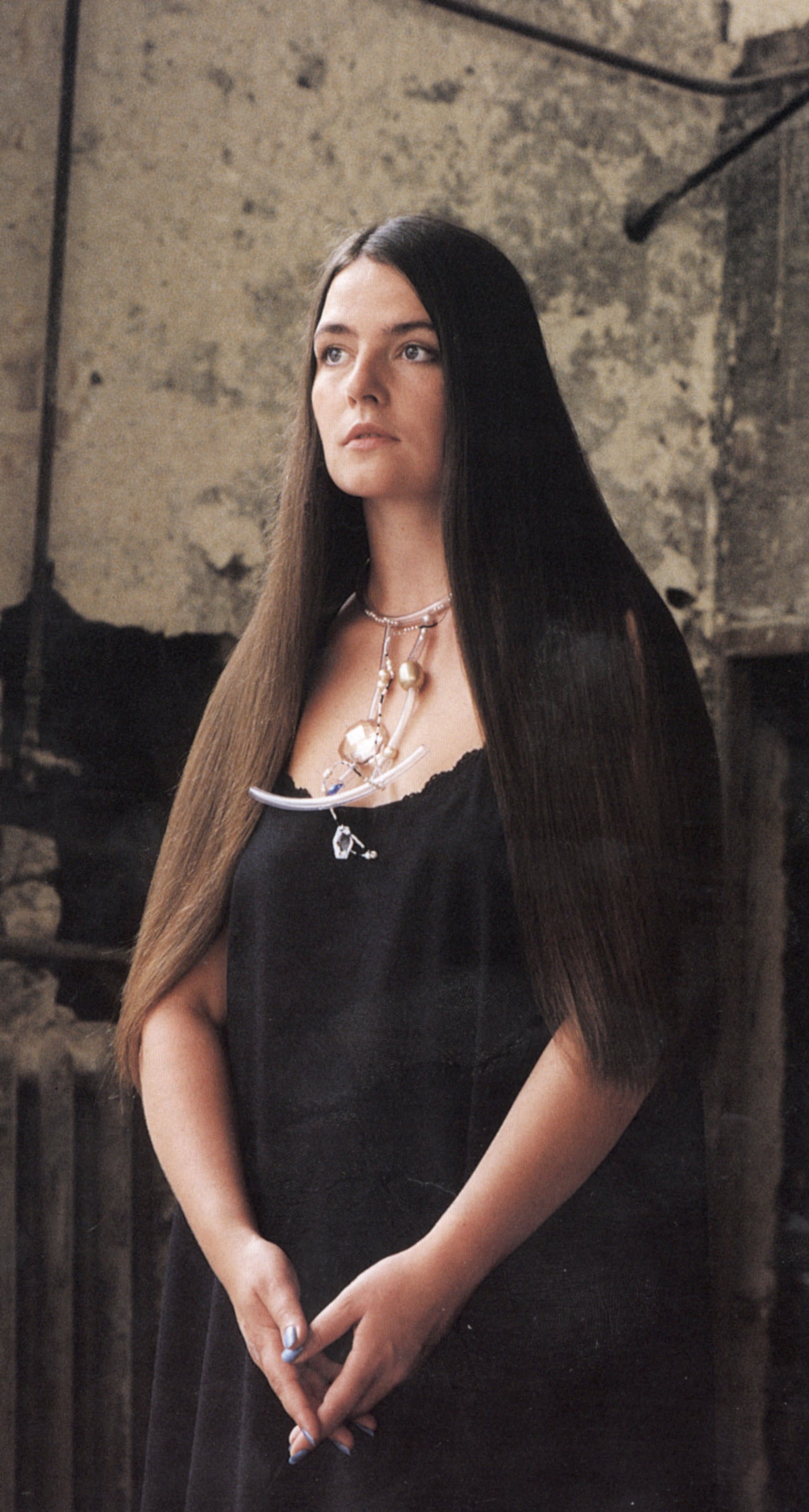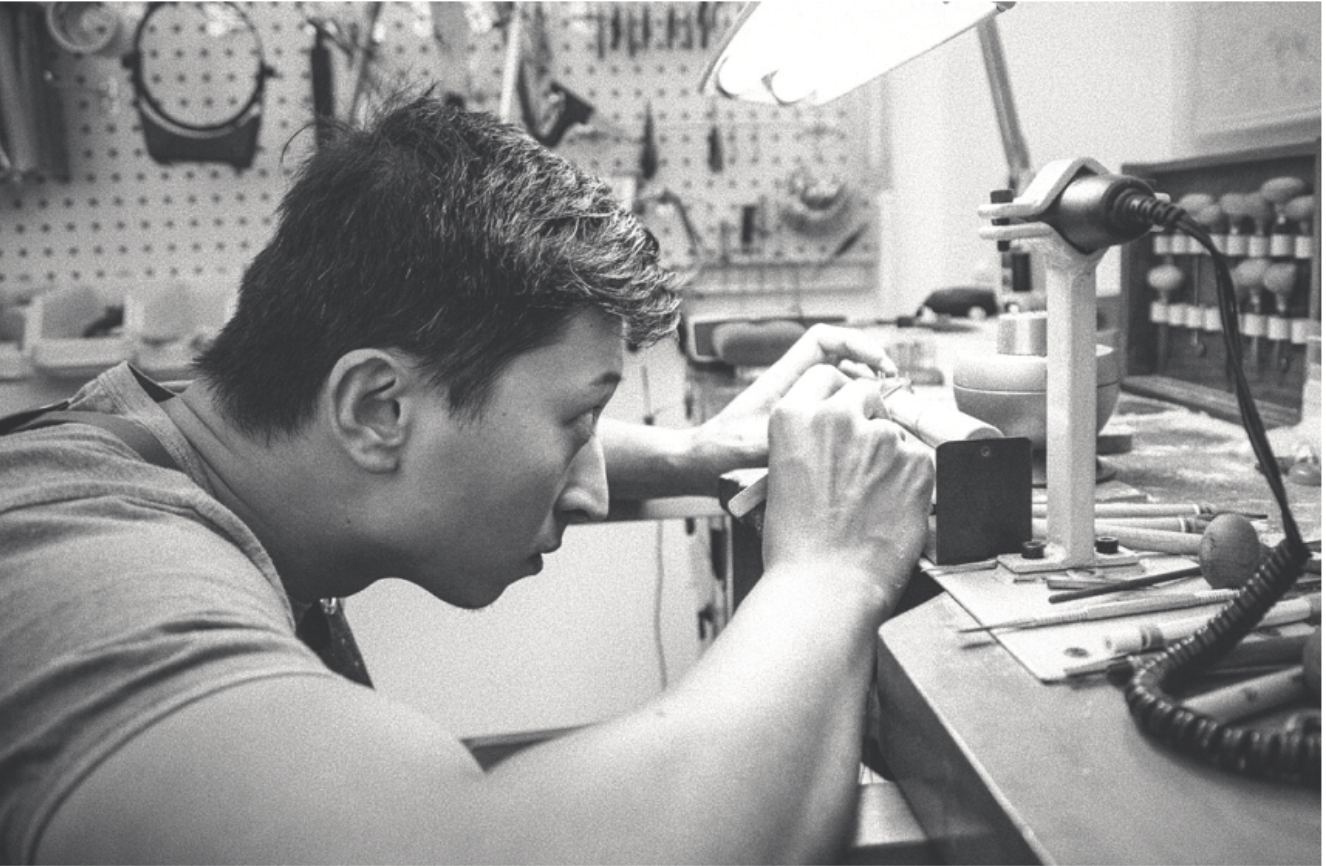Exhibition
25.02.24
02.03.24
11:00
19:00
The House on Sathorn
Bangkok
The Butterfly Effect
"When an artist tries to copy nature as accurately as possible, to create something very precise and similar to the object in front of his eyes - he is always put to shame by nature in the comparison. But when he uses nature as an occasion to express his personal sentiment, his thoughts and feelings - then he creates, and nature is surprised".
From the diaries of Dmitry Krasnopevtsev
“The Butterfly Effect” is an exhibition devoted not only to the theme of butterflies, but also to the interconnections and intersections in the jewellery art of different countries and times, to the links between the past and the present.
Is it possible to say a new word in such a hackneyed theme in jewellery art as butterflies? Dikson Yewn, an artist from Hong Kong, gives an affirmative answer with his works. Each of his jewellery pieces is a story with a deep analysis of Chinese traditions and culture. In the project with butterflies, Yewn did not limit himself to China, but decided to take a swing at the whole world. According to the artist, there is a lot of understatement in the subject of butterflies. "It's very strange," Yewn says, "that jewellers create orchids, muscari and field daisies, but when it comes to butterflies, they make 'just butterflies' and can't specify what kind of species it is, where it lives. And yet all butterflies are very different and interesting." Dickson decided to remedy this and has already created 38 precious butterflies in one-to-one size and perfectly identifiable by species and even gender. There is a "Japanese Emperor", a "Red Postman" and an "Idea Leuconoe" in the collection. The book that Dickson Yewn has published gives a detailed description not only of the jewellery, but of the butterfly itself — with size and habitat.
The jewellery is remarkable for more than its history alone. It is a stunning piece of jewellery with delicate pavé, gorgeous ebony workmanship and spring mechanisms that create the effect of wings fluttering.
Yewn plans to create 60 butterflies in total, according to the Chinese chronological system, the sixty-year cycle. The creation of each of the butterflies, as well as the pleasure of looking at them, is akin to meditation.
Another interesting project at the exhibition is from Epic Jewellery and New York artist Ilya Fedotov-Fedorov.
The Circle of Life art project is dedicated to reincarnations and the incessant movement of life in nature.
The first object in a series of seven to be shown throughout the year is the Cocoon pendant made of anodised titanium with diamonds and a moonstone.
As Ilya Fedotov-Fedorov tells us:
"The central motif of this jewellery is the shape of the cocoon of the butterfly Hypolimnus Bolina, symbolising the process of transformation, metamorphosis. The cocoon is a shelter, it hides fragility and vulnerability."
Blue is the colour of the wings of the butterfly that will be born into the world, and also the colour with which Fedotov-Fedorov works. The pendant refers to the artist's project “The Moth and The Bat Flying to the Light”, parts of which were filmed in a tropical zoo in Switzerland. It recreates Europe's largest rainforest inhabited by butterflies. The artist spent several days alone in the empty zoo, which was closed for the time of the covid, and observed all the stages of the butterflies' transformation. At the exhibition The Moth and The Bat Flying to the Light can be seen as a projection in one of the exhibition’s halls.
Butterflies are just one of the subjects of the show, which is primarily about the interconnections and entanglements in jewellery art.
In his works, Richard Wu weaves together East and West, antiquity and modernity. For example, his "Lion" has a hyper-realistic face, and further the image goes to the ultimate abstraction, scribbles. Richard was inspired by Italy. When he lived and worked there, he saw many ancient images of lions and thought that most of the people who created these sculptures, bas-reliefs and mosaics, have not seen a live lion and were guided by other people's images, and where they didn't know - made up. So Italian lions looked like people - with long noses and almond-shaped eyes, and Chinese lions looked like dogs. Wu decided to combine hyper-realism with abstraction.
Alexander Laut made his tiger white and green. Jeanne Toussaint used a similar artistic device of combining naturalism with unexpected colour combinations in the last century when she created a Flamingo brooch for the Duchess of Windsor, which became one of Cartier's most famous and valuable pieces of jewellery.
Art Deco earrings with carved jade in one of the showcases, attributed to Boucheron, recall how a century ago the West was inspired by the East. In the works of Ilgiz Fazulzyanov and Epic Jewellery we see the continuation of this tradition. And in the works of the Chinese Richard Wu, Russian Konstantin Chaikin and Dickson Yewn from Hong Kong, we can see the reverse influence - the West on the East.
From the diaries of Dmitry Krasnopevtsev
“The Butterfly Effect” is an exhibition devoted not only to the theme of butterflies, but also to the interconnections and intersections in the jewellery art of different countries and times, to the links between the past and the present.
Is it possible to say a new word in such a hackneyed theme in jewellery art as butterflies? Dikson Yewn, an artist from Hong Kong, gives an affirmative answer with his works. Each of his jewellery pieces is a story with a deep analysis of Chinese traditions and culture. In the project with butterflies, Yewn did not limit himself to China, but decided to take a swing at the whole world. According to the artist, there is a lot of understatement in the subject of butterflies. "It's very strange," Yewn says, "that jewellers create orchids, muscari and field daisies, but when it comes to butterflies, they make 'just butterflies' and can't specify what kind of species it is, where it lives. And yet all butterflies are very different and interesting." Dickson decided to remedy this and has already created 38 precious butterflies in one-to-one size and perfectly identifiable by species and even gender. There is a "Japanese Emperor", a "Red Postman" and an "Idea Leuconoe" in the collection. The book that Dickson Yewn has published gives a detailed description not only of the jewellery, but of the butterfly itself — with size and habitat.
The jewellery is remarkable for more than its history alone. It is a stunning piece of jewellery with delicate pavé, gorgeous ebony workmanship and spring mechanisms that create the effect of wings fluttering.
Yewn plans to create 60 butterflies in total, according to the Chinese chronological system, the sixty-year cycle. The creation of each of the butterflies, as well as the pleasure of looking at them, is akin to meditation.
Another interesting project at the exhibition is from Epic Jewellery and New York artist Ilya Fedotov-Fedorov.
The Circle of Life art project is dedicated to reincarnations and the incessant movement of life in nature.
The first object in a series of seven to be shown throughout the year is the Cocoon pendant made of anodised titanium with diamonds and a moonstone.
As Ilya Fedotov-Fedorov tells us:
"The central motif of this jewellery is the shape of the cocoon of the butterfly Hypolimnus Bolina, symbolising the process of transformation, metamorphosis. The cocoon is a shelter, it hides fragility and vulnerability."
Blue is the colour of the wings of the butterfly that will be born into the world, and also the colour with which Fedotov-Fedorov works. The pendant refers to the artist's project “The Moth and The Bat Flying to the Light”, parts of which were filmed in a tropical zoo in Switzerland. It recreates Europe's largest rainforest inhabited by butterflies. The artist spent several days alone in the empty zoo, which was closed for the time of the covid, and observed all the stages of the butterflies' transformation. At the exhibition The Moth and The Bat Flying to the Light can be seen as a projection in one of the exhibition’s halls.
Butterflies are just one of the subjects of the show, which is primarily about the interconnections and entanglements in jewellery art.
In his works, Richard Wu weaves together East and West, antiquity and modernity. For example, his "Lion" has a hyper-realistic face, and further the image goes to the ultimate abstraction, scribbles. Richard was inspired by Italy. When he lived and worked there, he saw many ancient images of lions and thought that most of the people who created these sculptures, bas-reliefs and mosaics, have not seen a live lion and were guided by other people's images, and where they didn't know - made up. So Italian lions looked like people - with long noses and almond-shaped eyes, and Chinese lions looked like dogs. Wu decided to combine hyper-realism with abstraction.
Alexander Laut made his tiger white and green. Jeanne Toussaint used a similar artistic device of combining naturalism with unexpected colour combinations in the last century when she created a Flamingo brooch for the Duchess of Windsor, which became one of Cartier's most famous and valuable pieces of jewellery.
Art Deco earrings with carved jade in one of the showcases, attributed to Boucheron, recall how a century ago the West was inspired by the East. In the works of Ilgiz Fazulzyanov and Epic Jewellery we see the continuation of this tradition. And in the works of the Chinese Richard Wu, Russian Konstantin Chaikin and Dickson Yewn from Hong Kong, we can see the reverse influence - the West on the East.

